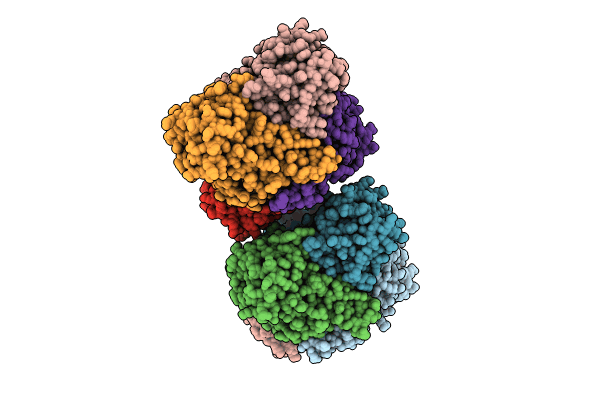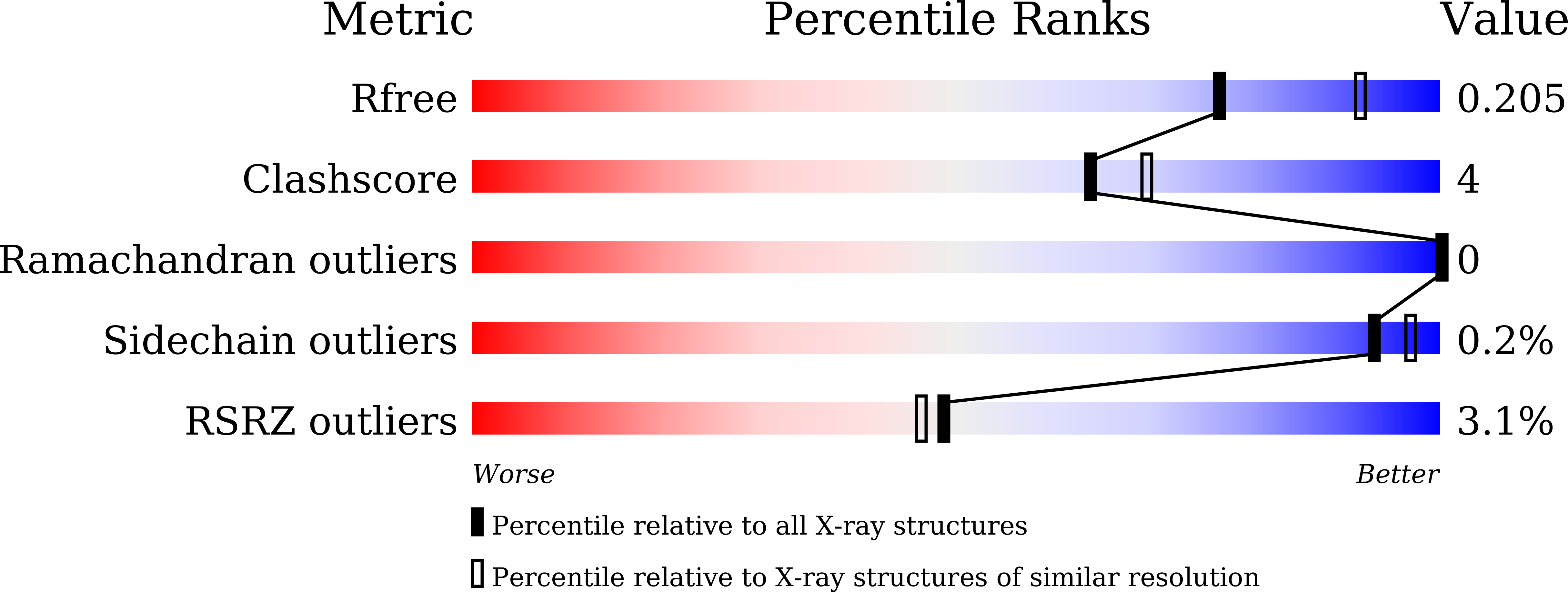
Deposition Date
2023-05-18
Release Date
2023-11-15
Last Version Date
2023-11-22
Entry Detail
PDB ID:
8JFM
Keywords:
Title:
Crystal structure of enoyl-ACP reductase FabI in complex with NADH from Helicobacter pylori
Biological Source:
Source Organism:
Helicobacter pylori (Taxon ID: 210)
Host Organism:
Method Details:
Experimental Method:
Resolution:
2.21 Å
R-Value Free:
0.20
R-Value Work:
0.15
R-Value Observed:
0.15
Space Group:
P 1 21 1


